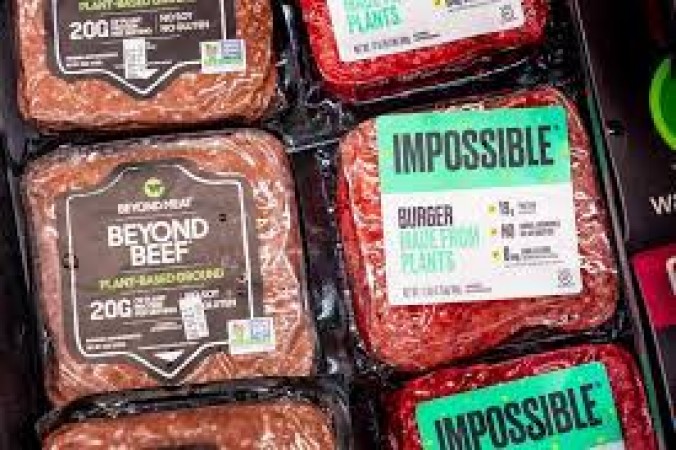
In recent years, plant-based meat has taken the culinary world by storm, offering a mouthwatering alternative to traditional animal-based meat products. But have you ever wondered what goes into making these delectable meat alternatives? In this article, we'll dive deep into the world of plant-based meat, exploring the key plants used in its production, the benefits of choosing plant-based over animal-based meat, and much more.
Plant-based meat, often referred to as "vegan meat" or "meatless meat," has gained immense popularity due to its positive impact on both health and the environment. Let's start by examining the plants that serve as the foundation for these innovative meat substitutes.
Soybeans are a cornerstone of plant-based meat production. They are rich in protein, making them an excellent meat analog. Soy protein isolates are extracted and processed to create meat-like textures and flavors.
Peas are another powerhouse ingredient in the world of plant-based meat. They contain substantial amounts of protein and fiber, contributing to the meaty texture and nutritional value of these products.
Lentils, known for their high protein content, play a crucial role in plant-based meat formulations. They add a hearty texture and are often used in meatball and burger recipes.
Chickpeas, versatile legumes, are used to create plant-based products like falafel and chickpea-based meat substitutes. They offer a unique flavor and texture profile.
Mushrooms, especially varieties like shiitake and portobello, are used to impart a savory umami flavor to plant-based meat. They are often found in meatless sausages and burgers.
Now that we've uncovered some key plant ingredients let's delve into the process of crafting these delectable meat alternatives.
The first step involves extracting proteins from the chosen plants, such as soy or peas. These proteins serve as the foundation for creating the meaty texture.
Plant-based meat wouldn't be complete without its delicious flavors. Ingredients like spices, herbs, and yeast extracts are added to replicate the taste of traditional meat.
To mimic the texture of animal-based meat, various techniques like extrusion and high-pressure processing are employed. This step is crucial for achieving a satisfying bite.
Now that we understand the ingredients and production process let's explore the numerous advantages of opting for plant-based meat.
Plant-based meat is typically lower in saturated fats and cholesterol compared to animal-based meat, making it a heart-healthy option.
Choosing plant-based meat helps reduce greenhouse gas emissions, water usage, and deforestation associated with traditional livestock farming.
Many individuals opt for plant-based meat due to ethical concerns surrounding animal welfare, as no animals are harmed in the process.
Plant-based meat is often free from common allergens like dairy and gluten, catering to a broader range of dietary preferences.
Plant-based meat isn't just about burgers and sausages; it's incredibly versatile in the kitchen.
Create flavorful meatless meatballs for your spaghetti or sandwiches using plant-based ground meat.
Enjoy the sizzle and taste of sausages with plant-based alternatives that are equally satisfying.
Whether for kids or adults, meatless nuggets offer a crispy, tasty treat without the guilt.
Considering a switch to plant-based meat? Start by incorporating it into your favorite recipes and gradually reducing animal-based meat consumption.
Plant-based meat opens up a world of exciting culinary possibilities. Experiment with diverse cuisines and discover new taste sensations.
Embrace a diet that not only benefits your health but also contributes to a sustainable future for the planet. In conclusion, plant-based meat has revolutionized the way we approach our diets. With a range of plant ingredients and advanced production techniques, it offers a delectable, sustainable, and ethical alternative to traditional meat. So why not give it a try? Incorporate plant-based meat into your meals and embark on a delicious journey that benefits both you and the planet.
Why does an Audi logo have 4 rings? The reason will surprise you
Kawasaki Unleashes the Powerhouse: Introducing the Ninja ZX-4R in India
Volkswagen India Enhances the Virtus with Stunning New Colors and Special Edition